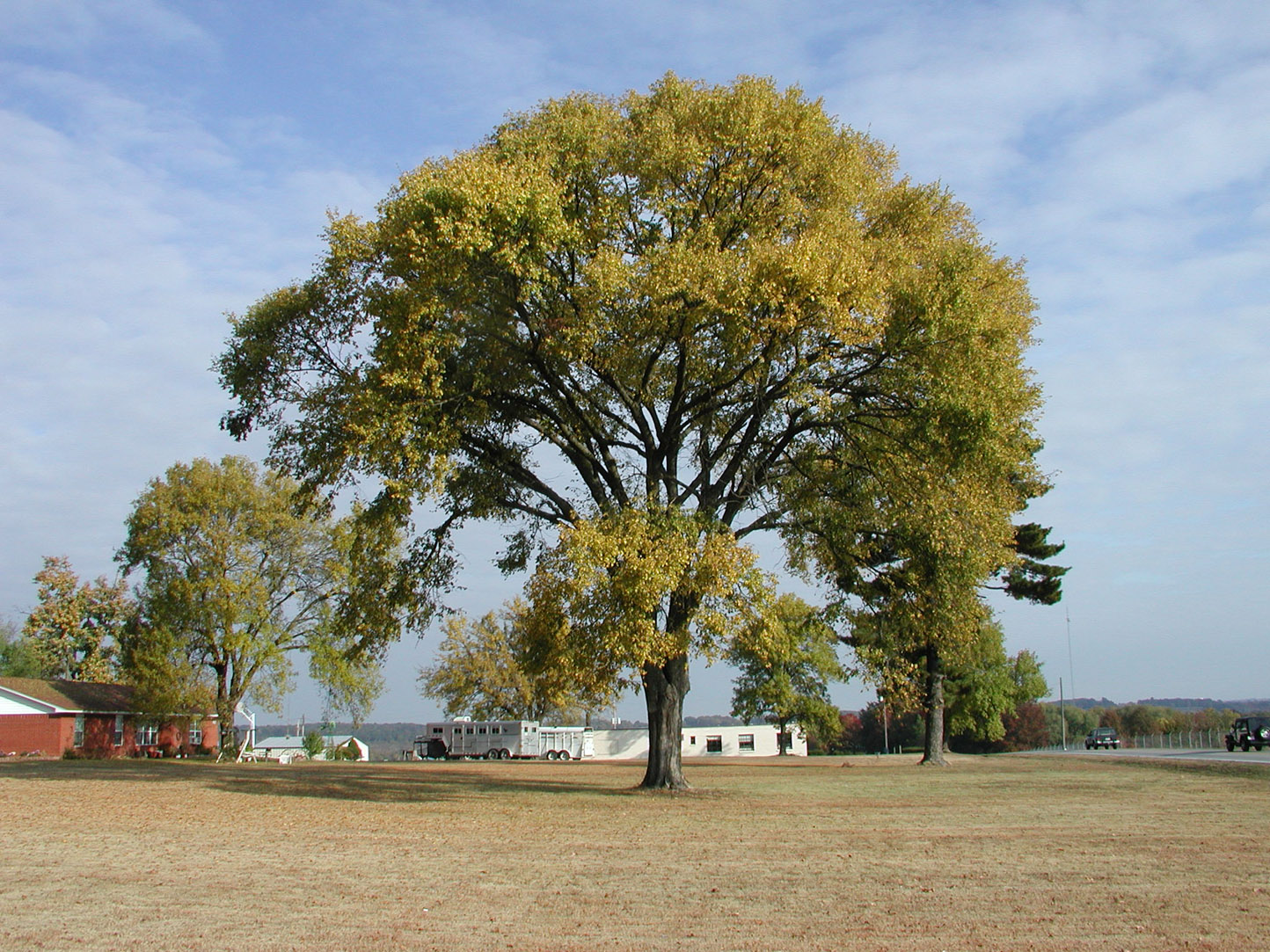Princeton Elm
With renewed interest in planting elms the ‘Princeton Elm’ is an ideal choice. Proven highly resistant to Dutch elm disease. Fast growing, graceful, symmetrical branching. Adaptable to extremes in pH, moisture, heat and wind. Own root.
The magnificent Princeton, Ulmus Americana ‘Princeton’ is the ideal tree to plant where large soil volume and above ground space is available. This is a true American elm, not a hybrid, but selected from a specimen around 1922 and developed by Princeton Nurseries. It has a proven record of Dutch elm resistance and longevity on the street. Ironically, the Dutch Elm Disease that decimated most elm trees in the US was not introduced into the US until about 10 years later, and Princeton elm trees planted before this time are still around today. This selection is also resistant to the elm leaf beetle but may be susceptible to phloem necrosis and wet wood.
This large, fast-growing tree is tolerant of many adverse site conditions. This plant is a cultivar of a species that is native to the Chicago region according to Swink and Wilhelm’s Plants of the Chicago Region, with updates made according to current research. Cultivars are plants produced in cultivation by selective breeding or via vegetative propagation from wild plants identified to have desirable traits.




